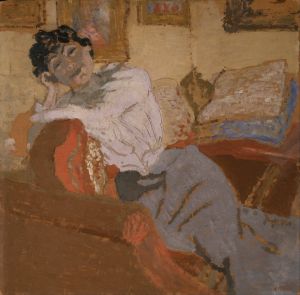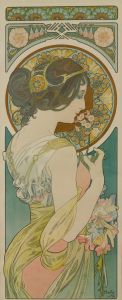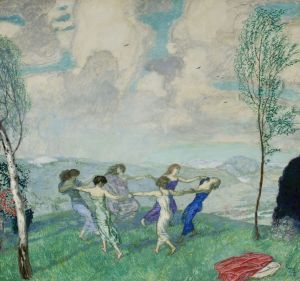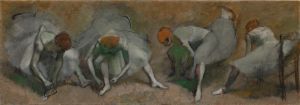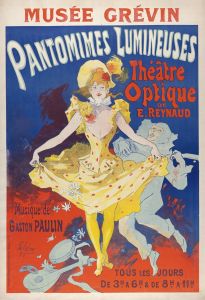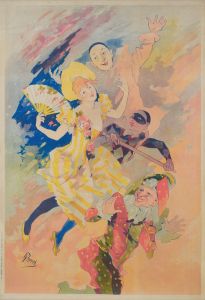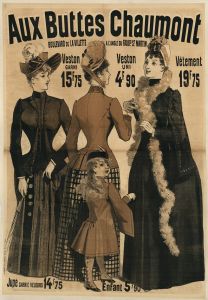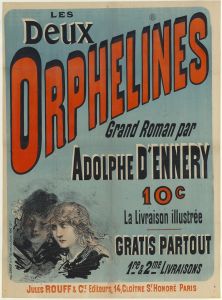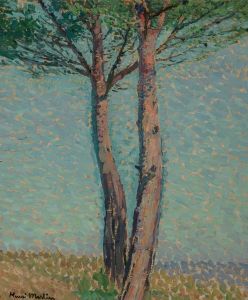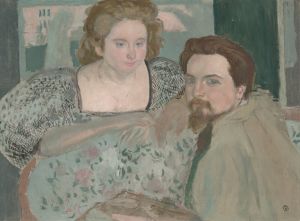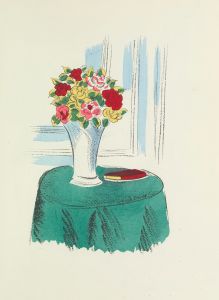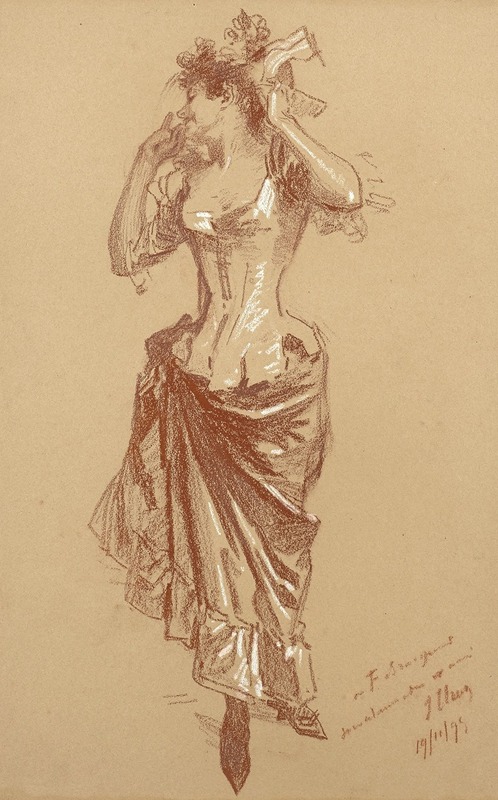
Danseuse et Jeune femme en jupon
A hand-painted replica of Jules Chéret’s masterpiece Danseuse et Jeune femme en jupon, meticulously crafted by professional artists to capture the true essence of the original. Each piece is created with museum-quality canvas and rare mineral pigments, carefully painted by experienced artists with delicate brushstrokes and rich, layered colors to perfectly recreate the texture of the original artwork. Unlike machine-printed reproductions, this hand-painted version brings the painting to life, infused with the artist’s emotions and skill in every stroke. Whether for personal collection or home decoration, it instantly elevates the artistic atmosphere of any space.
Jules Chéret, a French painter and lithographer often referred to as the "father of the modern poster," is widely celebrated for his contributions to the development of graphic arts in the late 19th and early 20th centuries. Among his extensive body of work, the painting Danseuse et Jeune femme en jupon (translated as Dancer and Young Woman in Petticoat) is one of his lesser-known pieces, yet it reflects his characteristic style and artistic focus.
Chéret's art is often associated with the Belle Époque period in France, a time of cultural flourishing and artistic innovation. He is best known for his vibrant posters that advertised theatrical performances, cabarets, and consumer goods, but he also created standalone paintings and drawings. Danseuse et Jeune femme en jupon exemplifies his ability to capture movement, elegance, and the joie de vivre of Parisian life.
The painting depicts two female figures, one of whom is a dancer in motion, while the other is a young woman dressed in a petticoat. Chéret's use of light, airy brushstrokes and his focus on the human form are evident in this work. The dancer's pose conveys a sense of dynamism and grace, while the young woman exudes a quieter, more contemplative presence. The composition highlights Chéret's skill in portraying the interplay between movement and stillness, a recurring theme in his art.
Chéret's works often celebrated femininity, and he played a significant role in shaping the image of the modern woman in art. His depictions of women, sometimes referred to as "Chérettes," were characterized by their charm, confidence, and vitality. While Danseuse et Jeune femme en jupon is not as widely recognized as his posters, it aligns with his broader artistic vision of celebrating life and beauty.
The exact date of creation for this painting is not well-documented, but it is consistent with Chéret's mature style, which flourished in the late 19th century. The medium is likely oil on canvas, as Chéret occasionally worked in this format alongside his lithographic endeavors. The painting is believed to be part of a private collection or held in a lesser-known institution, as it is not prominently featured in major museum collections or exhibitions.
In summary, Danseuse et Jeune femme en jupon is a testament to Jules Chéret's artistic versatility and his ability to capture the spirit of his era. While it may not be as famous as his posters, it offers insight into his broader body of work and his enduring influence on the art world.





